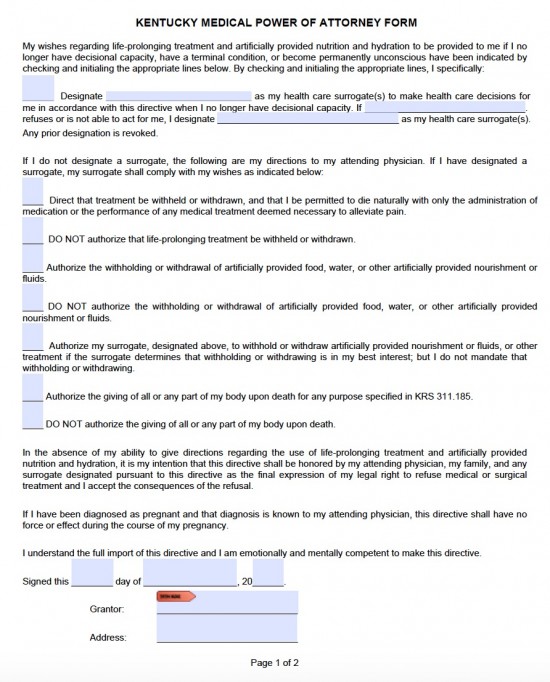An approximated 155 million persons under the age 65 were covered under health insurance coverage prepares supplied by their employers in 2016. The Congressional Budget Office (CBO) estimated that the medical insurance premium for single protection would be $6,400 and family protection would be $15,500 in 2016. The yearly rate of increase in premiums has actually usually slowed after 2000, as part of the pattern of lower yearly health care boost.
This aid encourages individuals to purchase more extensive coverage (which positions upward pressure on average premiums), while also motivating more young, healthy people to enlist (which positions downward pressure on premium prices). CBO estimates the net effect is to increase premiums 10-15% over an un-subsidized level. The Kaiser Household Structure approximated that family insurance coverage premiums balanced $18,142 in 2016, up 3% from 2015, with workers paying $5,277 towards that expense and employers covering the remainder.

The President's Council of Economic Advisors (CEA) described how annual boost have fallen in the company market because 2000. Premiums for family coverage grew 5.6% from 2000-2010, however 3.1% from 2010-2016. The total Learn more here premium plus estimated out-of-pocket expenses (i.e., deductibles and co-payments) increased 5.1% from 2000-2010 but 2.4% from 2010-2016.
The law is designed to pay subsidies in the type of superior tax credits to the people or households buying the insurance, based on earnings levels. Higher income customers receive lower aids. While pre-subsidy costs increased substantially from 2016 to 2017, so did the aids, to reduce the after-subsidy cost to the customer. why is health care so expensive.
However, some or all of these costs are offset by aids, paid as tax credits. For instance, the Kaiser Structure reported that for the second-lowest cost "Silver plan" (a plan typically picked and utilized as the standard for figuring out financial support), a 40-year old non-smoker making $30,000 annually would pay efficiently the very same amount in 2017 as they carried out in 2016 (about $208/month) after the subsidy/tax credit, in spite of big increases in the pre-subsidy rate.
Fascination About What Countries Have Single Payer Health Care
To put it simply, the aids increased along with the pre-subsidy rate, totally offsetting the cost boosts. This exceptional tax credit aid is separate from the cost sharing decreases aid ceased in 2017 by President Donald Trump, an action which raised premiums in the ACA markets by an approximated 20 portion points above what otherwise would have happened, for the 2018 plan year.
In addition, numerous employees are selecting to combine a health cost savings account with greater deductible plans, making the impact of the ACA tough to figure out exactly. For those who acquire their insurance through their employer (" group market"), a 2016 survey discovered that: Deductibles grew by 63% from 2011 to 2016, while premiums increased 19% and worker incomes grew by 11%.
For firms with less than 200 workers, the deductible balanced $2,069. The percentage of employees with a deductible of a minimum of $1,000 grew from 10% in 2006 to 51% in 2016. The 2016 figure drops to 38% after taking employer contributions into account. For the "non-group" market, of which two-thirds are covered by the ACA exchanges, a survey of 2015 data found that: 49% had specific deductibles of a minimum of $1,500 ($ 3,000 for household), up from 36% in 2014.
While about 75% of enrollees were "extremely pleased" or "rather pleased" with their option of doctors and health centers, only 50% had such satisfaction with their annual deductible. While 52% of those covered by the ACA exchanges felt "well protected" by their insurance, in the group market 63% felt that method.
prescription drug spending in 2015 was $1,162 per individual on average, versus $807 for Canada, $766 for Germany, $668 for France, and $497 for the UK. The factors for greater U.S. health care costs relative to other countries and in time are disputed by experts. Bar chart comparing healthcare costs as percentage of GDP across OECD countries Chart showing life span at birth and health care costs per capita for OECD nations since 2013.

Not known Facts About Countries Whose Health Systems Are Oriented More Toward Primary Care Achieve:
is an outlier, https://diigo.com/0ip355 with much higher costs but listed below average life expectancy. U.S. health care expenses in 2015 were 16.9% GDP according to the OECD, over 5% GDP higher than the next most expensive OECD country. With U.S. GDP of $19 trillion, health care costs had to do with $3.2 trillion, or about $10,000 per individual in a nation of 320 million people.
In other words, the U.S. would have to cut healthcare expenses by roughly one-third ($ 1 trillion or $3,000 per individual usually) to be competitive with the next most expensive country. Healthcare spending in the U.S. was dispersed as follows in 2014: Healthcare facility care 32%; doctor and clinical services 20%; prescription drugs 10%; and all other, including many categories individually making up less than 5% of costs.
Essential distinctions include: Administrative costs. About 25% of U.S. health care costs relate to administrative expenses (e.g., billing and payment, rather than direct provision of services, materials and medicine) versus 10-15% Alcohol Abuse Treatment in other nations. For instance, Duke University Hospital had 900 health center beds however 1,300 billing clerks. Assuming $3.2 trillion is spent on health care each year, a 10% cost savings would be $320 billion annually and a 15% savings would be nearly $500 billion per year.
A 2009 study from Price Waterhouse Coopers approximated $210 billion in savings from unnecessary billing and administrative expenses, a figure that would be significantly greater in 2015 dollars. Expense variation throughout healthcare facility regions. Harvard economic expert David Cutler reported in 2013 that approximately 33% of health care spending, or about $1 trillion per year, is not connected with enhanced results.
In 2012, average Medicare compensations per enrollee ranged from a changed (for health status, income, and ethnic culture) $6,724 in the most affordable costs area to $13,596 in the highest. The U.S. spends more than other countries for the very same things. Drugs are more costly, medical professionals are paid more, and providers charge more for medical equipment than other nations.
Facts About What Is Health Care Flexible Spending Account Revealed
costs on doctors per individual is about five times greater than peer nations, $1,600 versus $310, as much as 37% of the space with other nations. This was driven by a higher use of expert medical professionals, who charge 3-6 times more in the U.S. than in peer nations. Greater level of per-capita income, which is associated with greater health care costs in the U.S.
Hixon reported a study by Princeton Teacher Uwe Reinhardt that concluded about $1,200 per individual (in 2008 dollars) or about a 3rd of the space with peer nations in healthcare costs was due to higher levels of per-capita earnings. Higher income per-capita is correlated with using more units of healthcare.
The U.S. consumes 3 times as many mammograms, 2.5 x the variety of MRI scans, and 31% more C-sections per-capita than peer nations. This is a mix of higher per-capita income and higher use of specialists, among other aspects. The U.S. government steps in less actively to require down rates in the United States than in other countries.